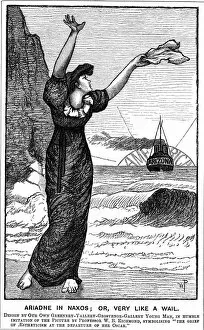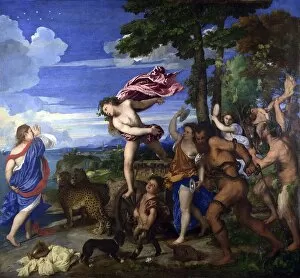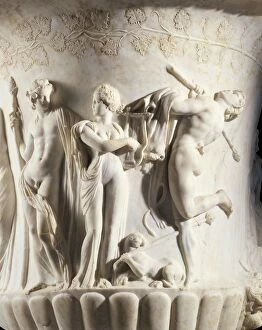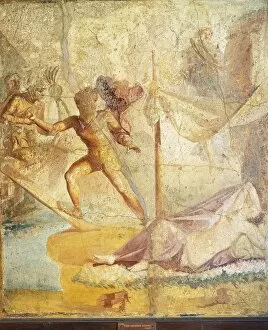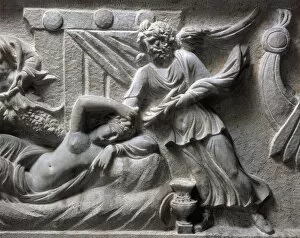Ariadne Collection (#7)
"Ariadne: A Mythical Journey Through Art and Time" Step into the enchanting world of Ariadne, a timeless figure whose story has captivated artists for centuries
For sale as Licensed Images
Choose your image, Select your licence and Download the media
"Ariadne: A Mythical Journey Through Art and Time" Step into the enchanting world of Ariadne, a timeless figure whose story has captivated artists for centuries. From ancient Roman mosaics to Renaissance paintings and beyond, her tale unfolds in various artistic forms. Intricately crafted by the skilled hands of Annius Ponus or Bonus, a mosaic from his workshop transports us back to an era where Ariadne's fate took a dramatic turn. Drunk Zeno buried alive, entombed in darkness as Emperor Zeno met his demise. These events set the stage for Ariadne's abandonment on Naxos by Theseus himself. Roman-Pompeian wall painting brings this moment to life with vivid colors and delicate brushstrokes. Created during the first century AD, it captures the heart-wrenching scene left alone on the island while her lover sails away. Alessandro Piccolomini takes us further into Ariadne's narrative with his 16th-century masterpiece "Bacchus and Ariadne. " The oil-on-canvas painting showcases their passionate encounter as Bacchus rescues her from solitude, intertwining their destinies forever. The allure of Bacchus and Ariadne continues to inspire artists across generations. In stunning renditions like "Bacchus and Ariadne" painted on canvas or depicted through Roman-Greek vase paintings by Hermonax in 5th Century BC Greece, we witness their eternal connection amidst mythical landscapes. Wyatt Eaton's portrayal in 1888 adds a touch of romanticism to our journey. With soft strokes and gentle hues, he invites us into her inner world filled with longing and introspection. Finally, we arrive at "The Triumph of Bacchus and Ariadne, " an awe-inspiring celebration captured through artistry that transcends time.

